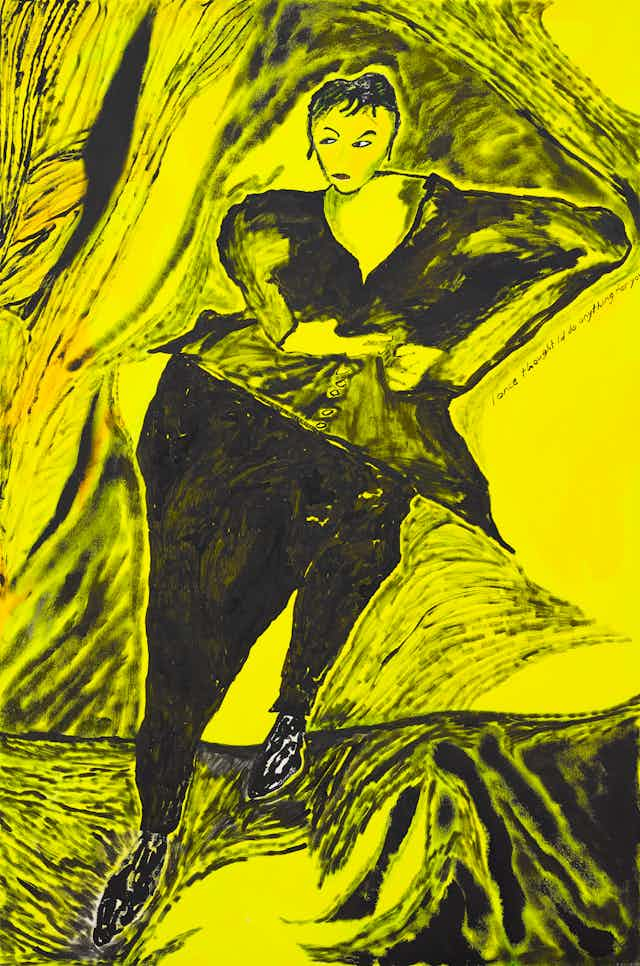The Archibald Prize, which is in the process of being judged at the Art Gallery of New South Wales, has always been more about social history than art. The works hung are usually a fair selection of the interests of the gallery trustees who judge the prize.
On this measure, in 2018 the judges have shown their admiration for the introspection revealed by self-portraits as well as portraits of artists, actors and supporters of the arts, while bypassing possible images of corporate Australia. This favouring of the arts over business or politics for Archibald subject matter is not new; what is new (or at least fairly recent) is how the exhibition has been hung.
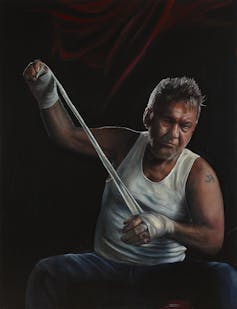
For over 90 years the Archibald Prize exhibition made life extremely easy for those wishing to predict the winner. Most of the entries were displayed in rooms easily defined as being for the also-rans. These included novelty entries painted as a humorous riff on the notion of great art, earnest academic portraits by those hoping to get an official portrait commission, as well as young artists who had been selected for the first time.
The only room that counted was in the middle of the exhibition space. This was where the podium was set up to announce the winner.
If a work was moved to the inner sanctum on the morning of the prize it was a sure sign that an outsider had won. In 2016 this cosy arrangement changed when Louise Hearman’s Barry, hanging in the outer court, was awarded the prize. Puzzled journalists could not at first locate it. The painting had been hung on an outside wall as the curator, Anne Ryan, valued aesthetics over tradition.
This year Ryan has eliminated all the old hierarchies. The central room is probably the least likely place to find the 2018 Archibald Prize winner.
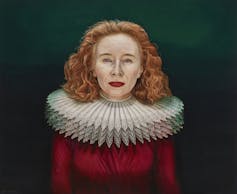
It is, however, where visitors can find Mathew Lynn’s stylish but austere portrait of NSW Premier Gladys Berejiklian, Paul Jackson’s theatrical Alison Whyte, a mother of the renaissance and Robert Hannaford’s large self-portrait, which hangs opposite the small Self-portrait by his daughter Tsering Hannaford. The most interesting painting in this room is easily Jamie Preisz’s Jimmy (title fight) which is a slightly gritty portrait of the rock star, awarded the Packing Room Prize. The Packing Room Prize winner is usually not given such prominence.
Viewers need to look throughout the whole exhibition and use their eyes to discover which works are most likely to be on the judges’ short list.
One little gem is Guy Maestri’s small but intense The fourth week of parenthood (self-portrait). It is a painting that speaks of angst and sleep deprivation.
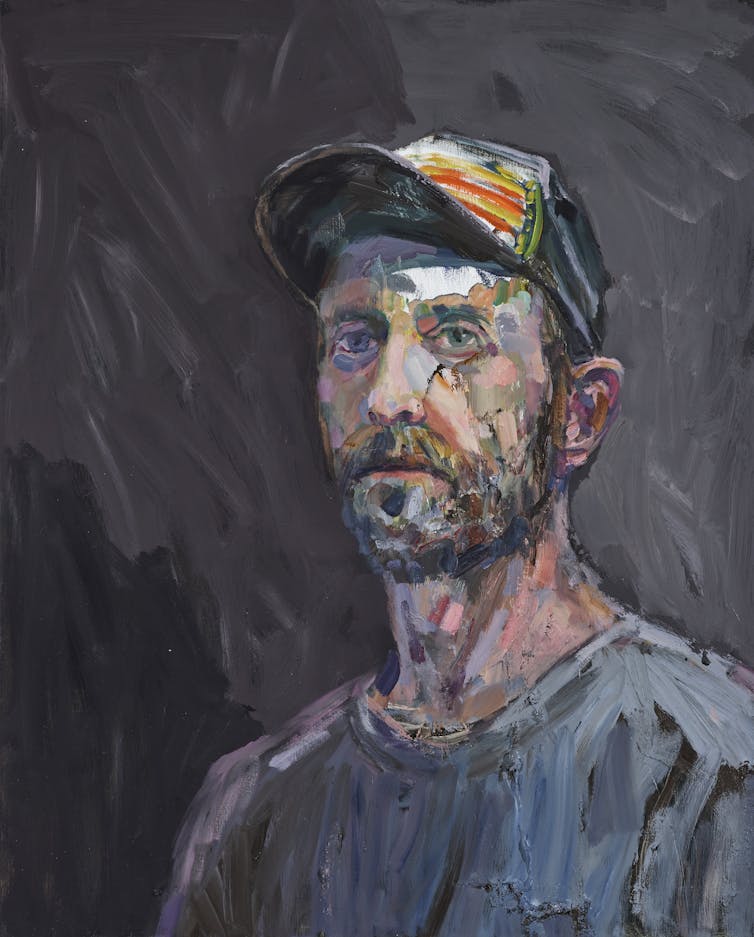
Self-portraits are a popular subject, perhaps because artists know the subject best, and also because they are always available. This year’s selection includes James Powditch’s finely self-absorbed Narcissist, the anatomy of melancholy, Yvette Coppersmith’s mannered Self-portrait, after George Lambert, Angela Tiatia’s ethereal Study for a self-portrait, and Vincent Namatjira’s Studio self-portrait, which is characterised by his dry sense of humour.
While most portraits have some foundation in reality, Marc Etherington has wandered into fantasy with his whimsical self-portrait with dog, Me and Granny. He is yet to own a dog, but plans to buy a whippet, which he will call Granny. The child-like naivete of this work is emphasised by its scale. Whippets are small dogs, but Granny is painted as though she is almost as large as her imagined master.
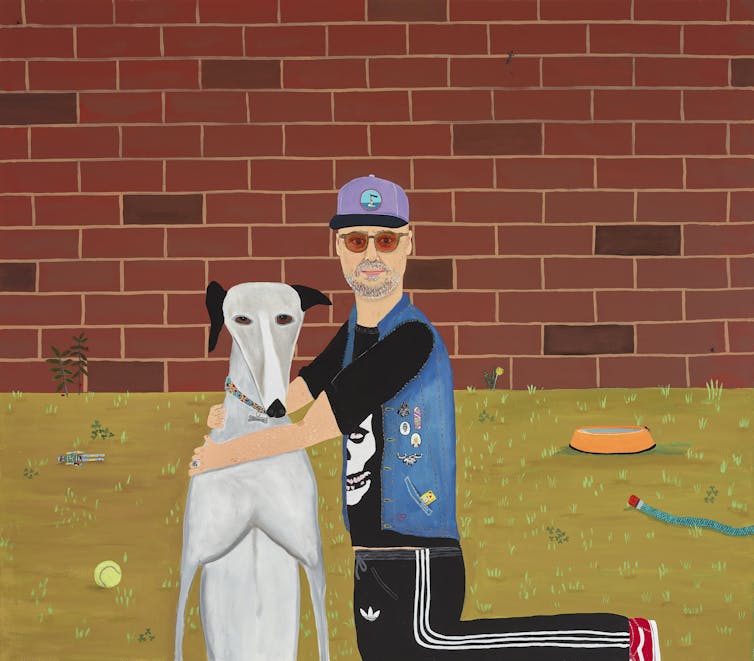
Portraits of artists, actors, collectors and dealers dominate the exhibition. There is one judge, Yvonne East’s tightly restrained portrait of The Honourable Chief Justice Susan Kiefel AC, which hangs next to Salvatore Zofrea’s very relaxed and decorative study of Sally Dowling, QC. The pair make a curious partnership.
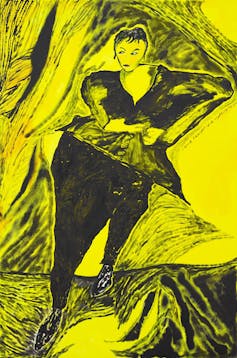
Of all the portraits of artists, the one that most stays in mind is Tom Polo’s I once thought I’d do for anything for you (Joan), a portrait of Joan Ross. It is painted in the fluorescent yellow that has long dominated her art, while the artist is dressed in her signature black. Despite limiting himself to two colours (or perhaps because of it), there is a visual extravagance about this work, as he successfully evokes Ross’s acute gaze, the way she deconstructs the world around her.
The trustees of the Art Gallery of New South Wales read The Conversation, so nominating my preference would be a kiss of death. It is worth noting, however, that unlike the Packing Room Prize where the head packer, Brett Cuthbertson, has a 52% vote, the trustees must vote in an exhaustive preferential process. This means the result is almost always a compromise.
The Sulman Prize
As is the way of things, Angela Tiatia, who is exhibiting in the Archibald, is also the judge of the Sulman Prize. While the Archibald and Wynne are judged by the trustees, the Sulman is always judged by an individual artist. As a result the works selected to hang in the Sulman Prize are often livelier and sometimes quite risky.
This is certainly the case with this year’s exhibition. Abdul Abdullah’s Untitled asks the question posed by every unrepresented minority, “Why can’t I be angry?”, while Joan Ross decapitates the hawk captured by Midshipman Ross on the Sirius in 1788.
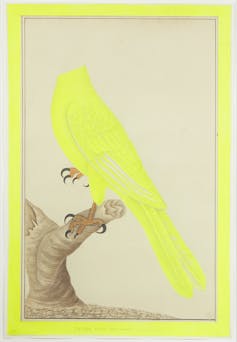
One corner shows an outstanding group of abrasive art, the kind of work that may well have disconcerted any committee selection. David Griggs’s Diaspora is a word, so is holy crap could be described as a meditation on a bull’s skull, while Ramesh Mario Nithiyendran’s Trio of selves at the proverbial gym manages to insert photographs of meat (and other meals) into a complex collage of beefcake.
The most satisfying work of all is Jason Phu’s painting, fully titled On the bbq were a thousand thousand generic meat sausages that the hand of Guan Yin, the Goddess of Mercy, calmly turned. She was unperturbed by the vicious spitting oil. Shaking her warm empty can she yelled out ‘can someone get me a beer?’. Phu’s robust anarchic approach to art is reminiscent of the best work of Adam Cullen. I understand his Archibald entry was rejected by the trustees, a consequence of consensus decision-making.
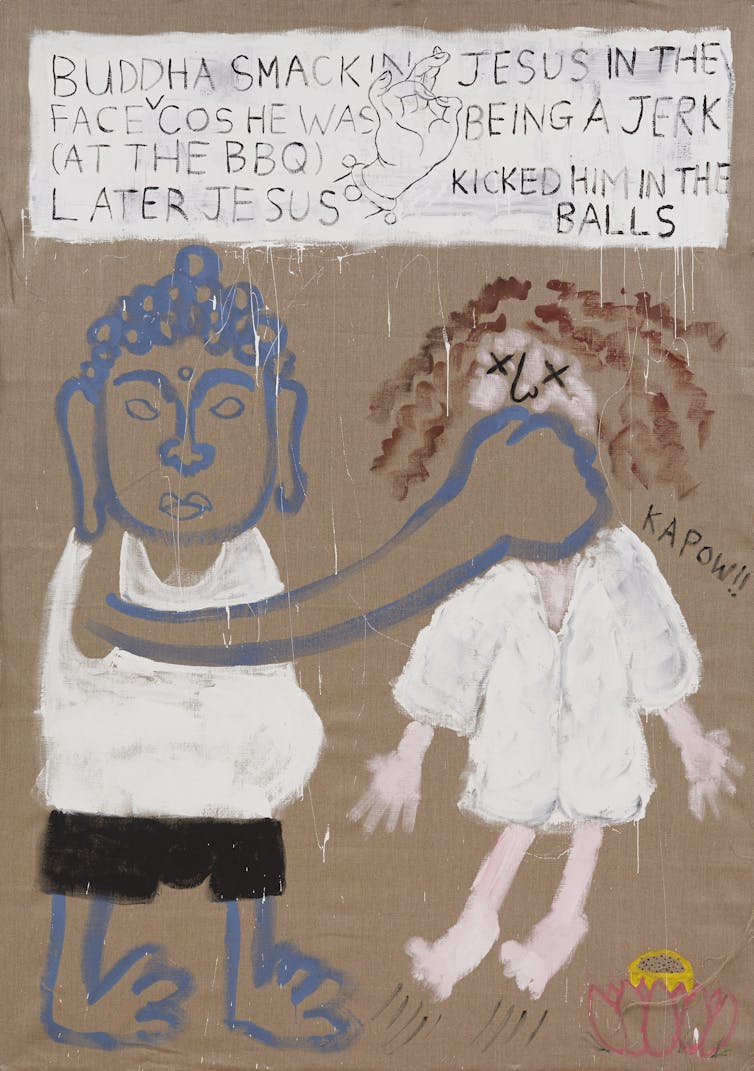
The Wynne Prize
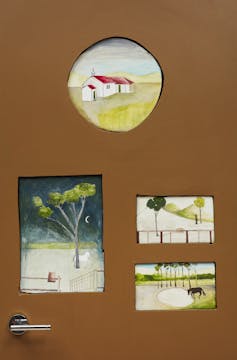
The Wynne Prize for Australian landscape was first held in 1897 and is the oldest of the prizes. Like the Archibald, it can be described as a Federation project, an assertion of the validity of the Australian landscape at a time when “civilised” taste looked to England.
Although there is a delightful piece of whimsy in Noel McKenna’s Door, Hunter Valley, ethereal beauty in Fiona Lowry’s A silence and a revival of 19th-century seascape painting in Tim Storrier’s At sea (for Pamela), Western traditions are very much in the background.
For the third successive year the Wynne is dominated by Aboriginal voices. There are the precise shaped bark paintings by Gunybi Ganambarr and Yalanba Wanambi, and Phyllis Thomas’s My stolen sisters from Gija country, which is of the place where her stolen sisters lived.
But dominating the central room are the work of artists from the APY Lands, with Betty Kuntiwa Pumani’s magnificent Antara as well as works by the redoubtable Ken family.
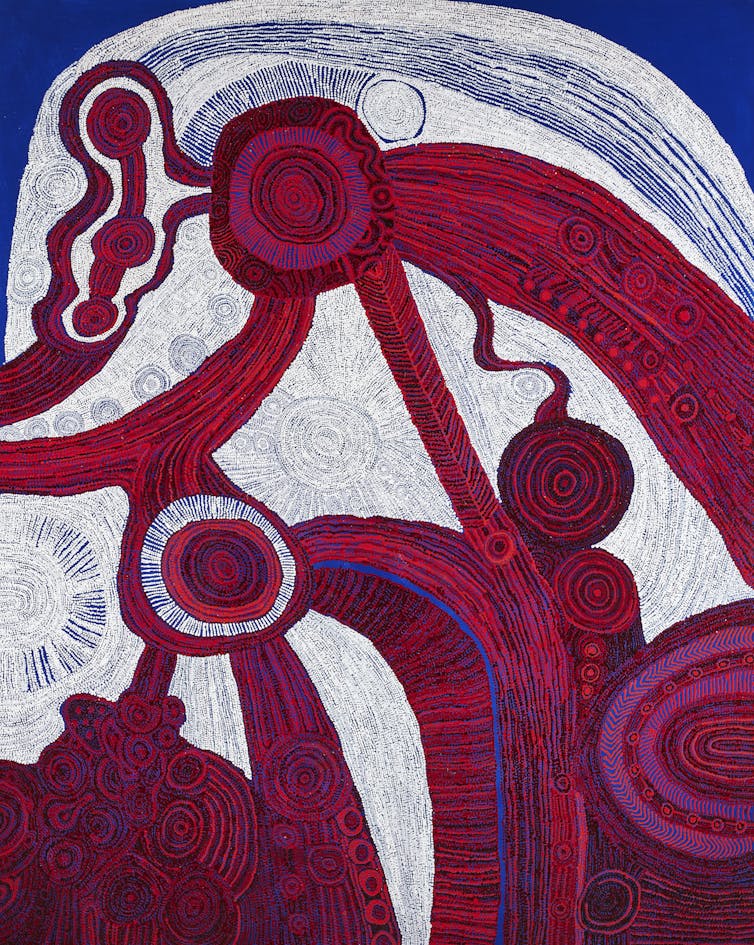
Last year John Olsen, who started his artist career as a student protesting against conservative trustees (before becoming a most conservative trustee himself), loudly objected to the presence of this art and these artists. He claimed Betty Kuntiwa Pumani’s winning painting existed in “a cloud cuckoo land”. Olsen’s entry The tree of life is installed in the same room as works by the APY Land artists. It is an exquisite curatorial rebuff.

